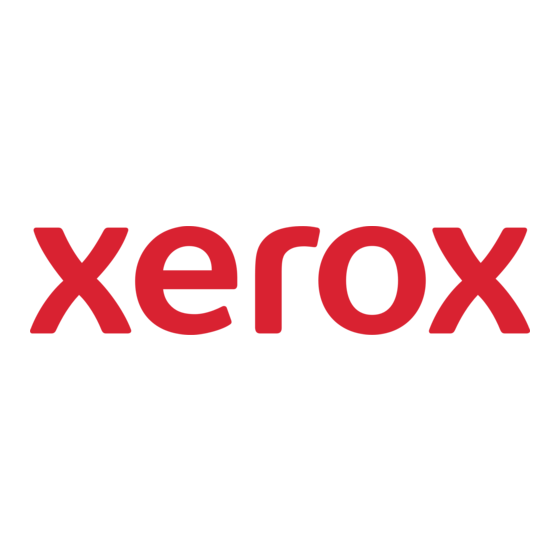4.5. Image Overwrite
The Image Overwrite Security feature provides both Immediate Image Overwrite (IIO) and On-Demand Image
Overwrite (ODIO) functions. Immediately before a job is considered complete, IIO will overwrite any temporary files
associated with print, network scan, internet fax, network fax, or e-mail jobs that had been created on the Controller
Hard Disks. The ODIO feature can be executed at any time by the SA and will overwrite the entire document image
partitions of the Controller Hard disks. ODIO may also be scheduled to run at regular times. A standard ODIO will
overwrite all image data from memory and disks except for Jobs and Folders stored in the Reprint Saved Jobs feature;
Jobs stored in the Scan to Mailbox feature (if installed); Fax Dial Directories (if fax card is installed); and Fax Mailbox
contents (if fax card is installed). A full ODIO will overwrite all image data from memory and disks as well as the items
excluded from a standard ODIO.
4.5.1. Algorithm
The overwrite mechanism for both IIO and ODIO conforms to the U.S. Department of Defense Directive 5200.28-M
(Section 7, Part 2, paragraph 7-202
The algorithm for the Image Overwrite feature is:
Step 1:
Pattern #1 is written to the sectors containing temporary files (IIO) or to the entire spooling area of the
disks (ODIO). (hex value 0x35 (ASCII "5")).
Step 2:
Pattern #2 is written to the sectors containing temporary files (IIO) or to the entire spooling area of the
disks (ODIO). (hex value 0xCA (ASCII compliment of 5)).
Step 3:
Pattern #3 is written to the sectors containing temporary files (IIO) or to the entire spooling area of the
disks (ODIO). (hex value 0x97 (ASCII "ú")).
Step 4:
10% of the overwritten area is sampled to ensure Pattern #3 was properly written. The 10% sampling is
accomplished by sampling a random 10% of the overwritten area.
4.5.2. User Behavior
IIO can be enabled at the local UI only. Once enabled, IIO is invoked automatically immediately prior to the
completion of a print, network scan, internet fax, network fax, or e-mail job. If IIO completes successfully, status is
displayed in the Job Queue. However, if IIO fails, a popup will appear on the Local UI recommending that the user run
ODIO, and a failure sheet will be printed.
ODIO may be invoked either from the Local UI in Tools Pathway or from the CentreWare Internet Services Web UI.
Network functions will be delayed until the overwrite is completed. Copying is unavailable while the overwrite itself is
underway, but copies may be made while the controller is booting.
Upon completion and verification of the ODIO process, a confirmation sheet is printed which indicates the status of the
overwrite. The completion status can be successful, failed, cancelled, or timed-out.
Please note that invocation of ODIO will cause currently processing print jobs to be aborted. However, scan jobs will not
be aborted and so ODIO might fail. The user should insure that all scan jobs have been completed before invoking
ODIO.
Please refer to the customer documentation for a description on how failures are logged.
2
http://www.dtic.mil/whs/directives/corres/archives/520028m_0173/p520028m.pdf
Ver. 1.00, May 2010
XEROX WorkCentre 6400 Information Assurance Disclosure Paper
2
.
34
Page 34 of 44

